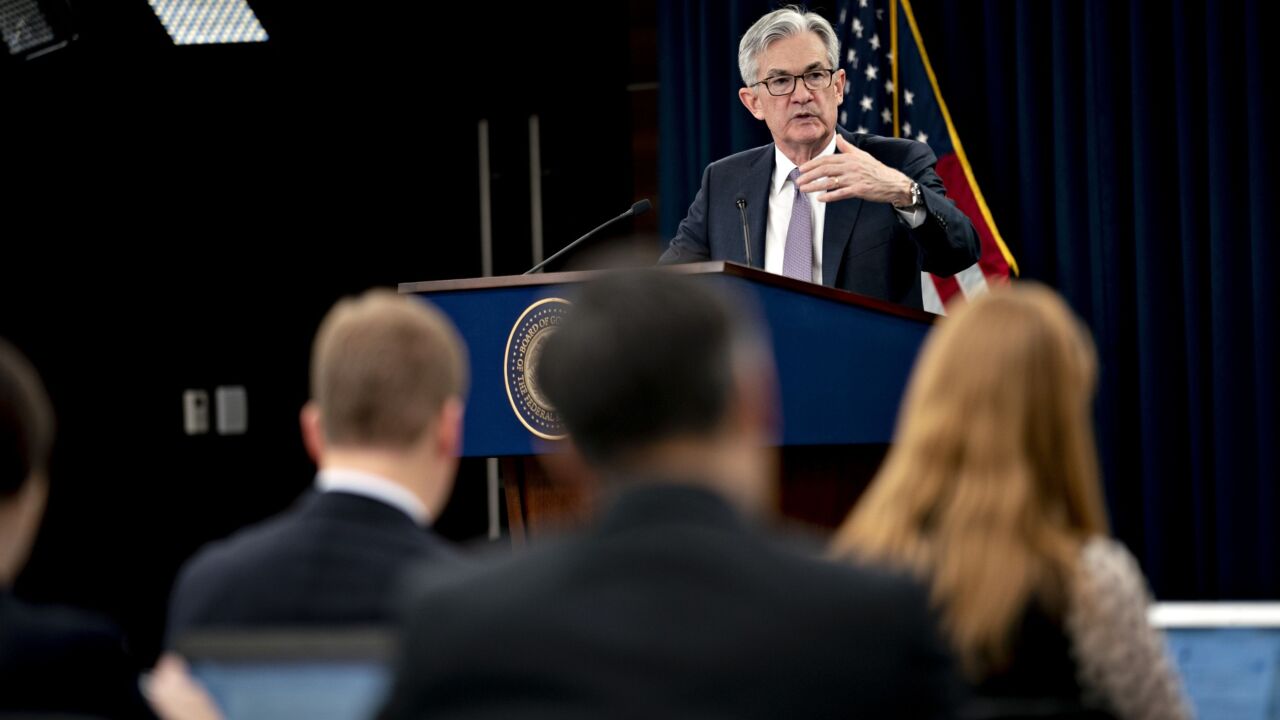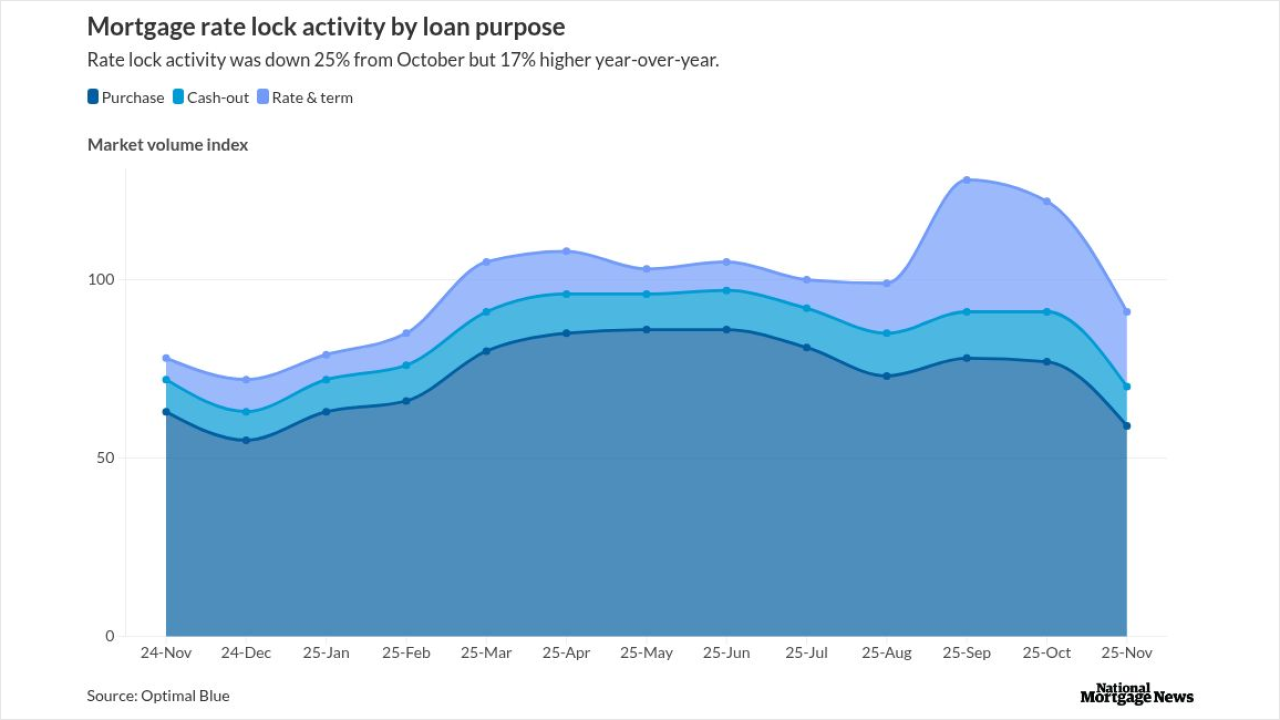It’s time to stop “postponement syndrome” over the expiration of the London interbank offered rate. There can be no more stalling.
In March, Federal Reserve Vice Chair for Supervision Randal Quarles made it
Now, we all know this is not an easy transition. Libor, tied to an estimate of over $200 trillion global financial instruments, is the world’s
And unfortunately, it is not simply a matter of substituting the Secured Overnight Financing Rate, an alternative endorsed by the Alternative Reference Rates Committee, for Libor. In contrast to Libor’s forward-looking term rates, SOFR only looks backward overnight. SOFR is based on data from observable transactions rather than on the estimated borrowing rates that were sometimes used in Libor. If Libor is used in new contracts, fallback clauses must be carefully crafted to account for the cessation of the benchmark. Guidance has been published by the International Swaps and Derivatives Association (ISDA) in its 2020 IBOR Fallbacks Protocol.
Yet it is not a matter of if, but how soon Libor will cease. And the answer from Quarles is sooner than you think. The organization that oversees publication of Libor, the ICE Benchmark Administration, has clearly stated that it will stop publishing several versions of the benchmark rate after Dec. 31, 2021. Publishing of overnight, one-month, three-month, six-month and one-year USD Libor will cease on June 30, 2023.

While discussion of Libor’s demise began in 2014, the remaining panel banks that set Libor agreed in 2017 to continue using it through 2021. So it has long been understood that Libor would go away, even if the end date was not as clearly stated as it could have been. That end date is now explicit.
We should all take note of Quarles’s recent
Quarles voiced his dismay at the fact that “despite the warnings of the official sector concerning Libor, use of USD Libor has actually increased” in the past three years. He made it clear that “there is no scenario in which a panel-based USD Libor will continue past June 2023, and nobody should expect it to.”
The Fed has been publishing SOFR as a replacement for Libor since 2018. So it’s a bit of a head-scratcher: Why haven’t more U.S. banks embraced SOFR or other available benchmarks for new contracts? Yes, there are complexities in transitioning current contracts. But for new contracts, the calculation of the transaction-based SOFR is supported by a much more robust market than the judgmental Libor calculation. That makes it an attractive benchmark.
Operational challenges always slow down change. Managing the complexities of term structures and compound rates, whether in arrears or in advance, and operationalizing the requirements are daunting. Accounting and hedging considerations further complicate the transition.
Still, as Quarles stated and as was reinforced in the Federal Reserve Board’s supervisory letter SR 21-7, “if supervised firms are not making adequate progress in transitioning away from Libor, examiners should consider issuing supervisory findings or taking other supervisory actions.”
You can assume that Quarles’s remarks were vetted by the Federal Reserve. He is a cautious official who means what he says. And he has now raised the specter of a “regulate by enforcement” scenario in which the Fed could make an example of a bank that has not acted. Whether punishment comes from the Federal Reserve, the Securities and Exchange Commission, the plaintiff’s bar or all three, it is likely to be severe. Doing nothing is the risk, the big risk. The consequences of inaction could be financial as well as reputational. Imagine a dispute from counterparties to a billion dollar contract.
It is a bank’s job to handle complexities. It is a bank’s job to protect its safety and soundness and mitigate financial risk in an inherently risky environment. To do this, Quarles has specified six key steps for banks. Note, these six should not be sequential, but overlapping and mutually supportive.
· Develop a plan and establish a governance structure.
· Assess financial exposure and quantify contracts that will revert to fallback after Libor publication ceases.
· Identify and address operations, including systems, to ensure transition.
· Modify contracts, if necessary, that may be negatively be affected by Libor’s cessation.
· Communicate with counterparties, clients, consumers and internal stakeholders while complying with Truth in Lending Act requirements.
· Provide regular updates to management regarding transition activities.
Quarles has also made it abundantly clear that the Fed will be examining banks according to these points and “what is most important this year is that firms should end new use of Libor.”
If you had any doubts, or further temptations for delay, Quarles has settled those doubts or temptations. There is no choice but to say goodbye to Libor.
To quote Abraham Lincoln: “You cannot escape the responsibility of tomorrow by evading it today.”



